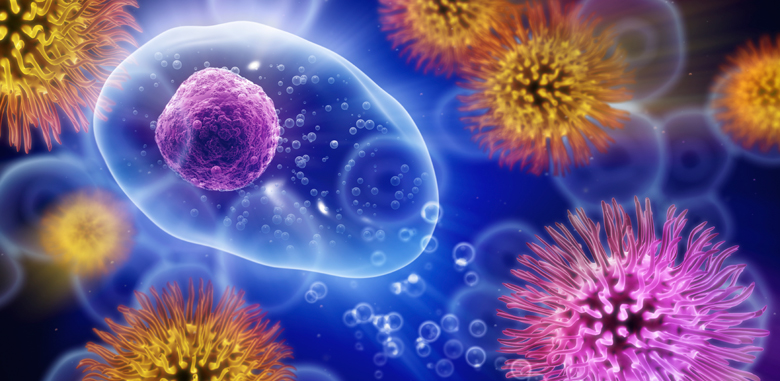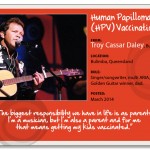
Today, vaccinations help prevent some infections and disease and the Australian Government’s vaccination schedule provides assistance with the timing and type of vaccinations needed for children. A vaccination is the administration of a dead virus into our bodies so it doesn’t actually infect us with the disease. This inexpensive and safe procedure triggers our immune system to produce antibodies against the disease -this is called ‘active immunity’. If a vaccinated person comes into contact with the disease their immune system will recognise and immediately produce antibodies to fight it.
Prevention is better than a cure and this is exactly what vaccinations do. There are now vaccinations for many infectious diseases like tetanus, diphtheria, hepatitis B, pneumococcal conjugate, measles and mumps to name a few. In some cases there may be side effects from vaccinations but the benefits greatly outweigh the risks. Infectious diseases like Hepatitis B and the Measles are now totally preventable through vaccinations.
Hepatitis B is the most common liver infection in the world. It’s an infection that enters the body and travels to the liver through the bloodstream. The virus then attaches to healthy liver cells and multiplies. The condition can heal on its own but can also progress to scarring of the liver, liver cancer or liver failure. The first six months of infection is considered to be acute. If you test positive for the virus after six months you are considered to have chronic Hepatitis B which can last a lifetime. Many go on with this disease undiagnosed.
The Measles is a viral disease that, in its first stage, causes fever, tiredness, cough, runny nose, sore red eyes and a general unwell feeling. A few days after a rash (that is not itchy) will appear on the face then move down the body and may last from four to seven days. Around one third will experiences complications like pneumonia, diarrhoea and ear infections. One in every 1000 people with measles develops swelling of the brain (encephalitis).
A vaccination for Chickenpox was added to the immunisation schedule in 2005. Chickenpox or the varicella-zoster virus is a highly infectious disease that usually causes an itchy red rash. It is one of the most common childhood diseases and can sometimes cause complications in children with lowered immunity as well as adults. Human Papillomavirus or HPV is an infection which is linked to 70 per cent of cervical cancers and some cancers and disease in men. The vaccine works by preventing the infection. From birth to four years, children can get vaccinations through their local doctor or health clinic.
From the age of 10 – 15 vaccinations are offered at school. Aboriginal and Torres Strait Islander children living in certain regions require extra protection against some diseases. If you have a child who has not had the recommended vaccines, visit your local doctor or Aboriginal Medical Service.
To read more on the benefits of vaccinations and see a schedule visit:– http://www.immunise.health.gov.au/internet/immunise/publishing.nsf/Content/about-the-program





Comments are closed.